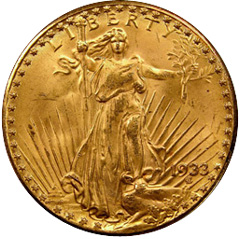 By: GE Christenson
By: GE Christenson
The NASDAQ 100 index peaked at 1,485 in July 1998. It subsequently crashed to below 1,070 in October 1998, a loss of about 28%. But, it climbed back to nearly 5,000 in March 2000, a rally off the low of over 350% in 17 months.
The S&P 500 index peaked in October 2007 around 1,575. It subsequently crashed below 670 in March 2009, a loss of about 57%. But, it climbed back to nearly 1,600 in April 2013, a rally off the low of over 135% in 49 months.
Gold was priced at nearly $200 in January 1975. It subsequently crashed to about $100 in August 1976, a loss of about 50%. But, it climbed back to over $850 in January 1980, a rally off the low of over 750% in 41 months.
Crude oil peaked at over $147 in July 2008. It subsequently crashed to under $36 in December 2008, a loss of about 75%. But, crude climbed back to over $114 in May 2011, a rally off the low of over 210% in 29 months.
Natural gas exceeded $15 in December 2005. It subsequently crashed to under $5.50 in September 2006, a loss of over 64%. But, natural gas climbed back to over $13 in July 2008, a rally off the low of over 130% in 22 months.
Gold was priced at about $1,920 in August 2011. It subsequently crashed to about $1,350 in April 2013, a loss of about 30%. Gold will probably climb back to a large number in the relatively near future, a rally off the low that will be really impressive.
Silver climbed to over $48 in April 2011. It subsequently crashed to under $23 in April 2013, a loss of over 52%. Silver will probably climb back to a very large number in the relatively near future, a rally off the low that will be quite impressive.
Markets rally, correct, rally, and correct again. Some of the corrections are so severe we call them crashes. In the big picture, it hardly matters whether the crashes were accidental, encouraged, manufactured, or all three. In the big picture, what matters are the market fundamentals. After the correction, have the fundamental drivers of the market changed?
Important Questions for Gold & Silver Investors
- Are the central banks of the world still rapidly expanding the money supply?
- Are the derivatives and currencies bubbles in danger of crashing?
- Are governments still spending much more than their revenues?
- Are central banks, governments, and wealthy individuals continuing to buy gold?
- Is total debt rapidly increasing?
- Is consumer demand for gold and silver increasing?
- Is faith in unbacked paper money decreasing?
- Are faith and trust in banks and politicians decreasing?
- Does the financial world appear to be more dangerous and unstable each year?
- Are the above imbalances unlikely to improve in the next few years?
If YOUR answer to most of the above questions is “yes,” then regarding YOUR big picture perspective, gold and silver are probably very good investments, in addition to being valuable insurance in case some or all of the above imbalances do NOT resolve favorably and safely. Yes, this is likely to end badly.
The recent crash in silver and gold was one of many for the record books. But, gold is not the same as Enron stock. Tangible physical metals that have been a store of value for over 3,000 years are not the same as a paper promise made by less than reputable individuals and organizations. In the world today, it seems there are many disreputable individuals, corporations, and governments, all pushing paper. We have been warned!
History suggests we should side with 3,000 years of history during which gold and silver have been a store of value and the ultimate real money. History suggests that we should not trust our savings with either the paper pushers or their unbacked paper money.
For silver and gold investors, there are 3,000 years of history supporting your viewpoint and your commitment. There have been many rallies and crashes in both markets; but, even at their recent crash lows, the price of both is over five times higher than their lows in 2001. New highs will occur. Don’t let the paper pushers frighten you out of your investments.
GE Christenson
aka Deviant Investor
 Kyle Bass recently summed up the thoughts of many gold investors when he said “the largest central banks in the world, they have all moved to unlimited printing ideology. Monetary policy happens to be the only game in town. I am perplexed as to why gold is as low as it is. I don’t have a great answer for you other than you should maintain a position.”
Kyle Bass recently summed up the thoughts of many gold investors when he said “the largest central banks in the world, they have all moved to unlimited printing ideology. Monetary policy happens to be the only game in town. I am perplexed as to why gold is as low as it is. I don’t have a great answer for you other than you should maintain a position.”
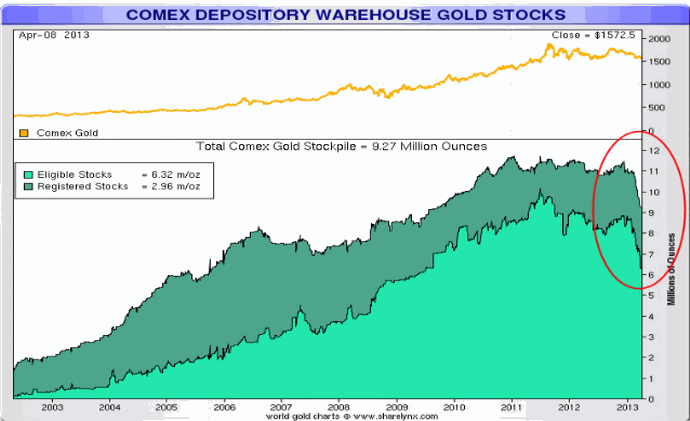
 A profound thanks to all the short term fickle speculators in gold and silver who have shifted their portfolio allocations to stocks, bank accounts and
A profound thanks to all the short term fickle speculators in gold and silver who have shifted their portfolio allocations to stocks, bank accounts and 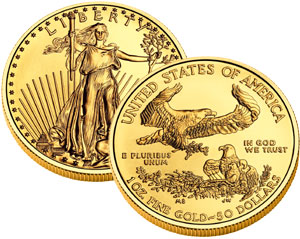 One of the best methods for protecting wealth against a constantly depreciating paper currency is to own precious metals.
One of the best methods for protecting wealth against a constantly depreciating paper currency is to own precious metals.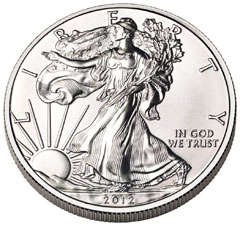 Last Wednesday, with New York gold down over $40 per ounce, even long time gold bulls were advising caution before committing to further investment. Some precious metals dealers reported a flood of panic selling by anxious investors who were unloading physical coin and bar.
Last Wednesday, with New York gold down over $40 per ounce, even long time gold bulls were advising caution before committing to further investment. Some precious metals dealers reported a flood of panic selling by anxious investors who were unloading physical coin and bar.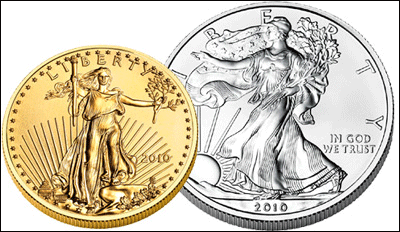 By GE Christenson:
By GE Christenson:

 By: Axel Merk
By: Axel Merk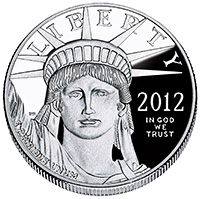 With the United States rapidly approaching the debt ceiling limit, a dysfunctional and divided Congress appears unable to agree on either spending cuts or an increase in the debt ceiling. Absent some grand Congressional compromise, America’s nonstop trillion dollar deficit spending will rapidly push the nation to the brink of default before the end of next month.
With the United States rapidly approaching the debt ceiling limit, a dysfunctional and divided Congress appears unable to agree on either spending cuts or an increase in the debt ceiling. Absent some grand Congressional compromise, America’s nonstop trillion dollar deficit spending will rapidly push the nation to the brink of default before the end of next month.